
Molybdenum Disulfide (MoS2) for Future Chip Revolution Molybdenum disulfide (MoS2) is considered the most promising alternative to silicon because of its unique monolayer atomic structure and excellent optoelectronic properties and becomes one of the ideal materials for future applications in semiconductor, transistors, chips, and other advanced science and technology fields. Therefore, in recent years, scientists have […]
Tags: Advanced Refractory Metals, ARM, manufacturer & supplier of molybdenum products, Molybdenum Disulfide, molybdenum products, MoS2, Transition Metal, types of refractory metals and alloys
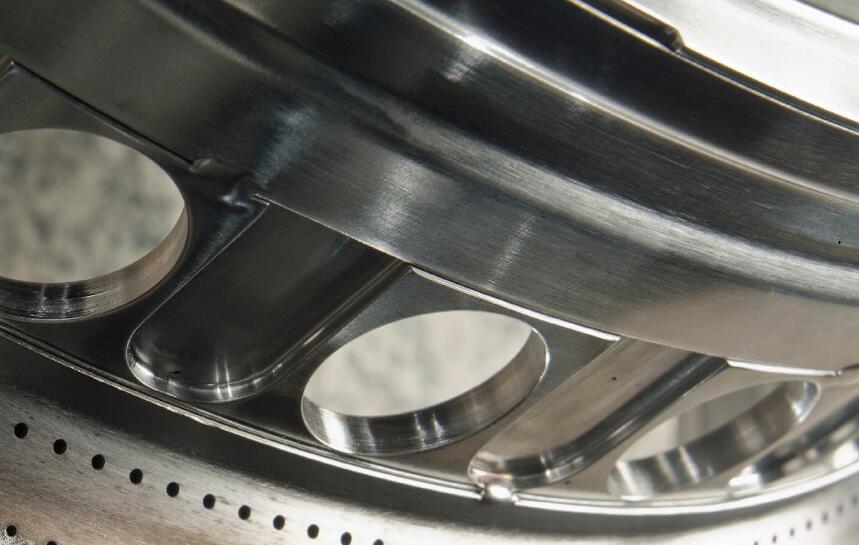
What Makes Molybdenum A Strategic Metal? Molybdenum is a transition metal element, silver-white, not corroded by air at room temperature, and does not react with hydrochloric acid or hydrofluoric acid. Molybdenum metal is regarded as a strategic metal by many countries. Why? What makes Molybdenum a strategic metal? In this article, we will try to find the answer. […]
Tags: Advanced Refractory Metals, Applications Of Molybdenum, ARM, Discovery of Molybdenum, How Molybdenum metal was found?, Molybdenum, Molybdenum Alloys, molybdenum sheet, molybdenum wire, refractory alloys, Refractory Metals, Strategic Metal, Transition Metal
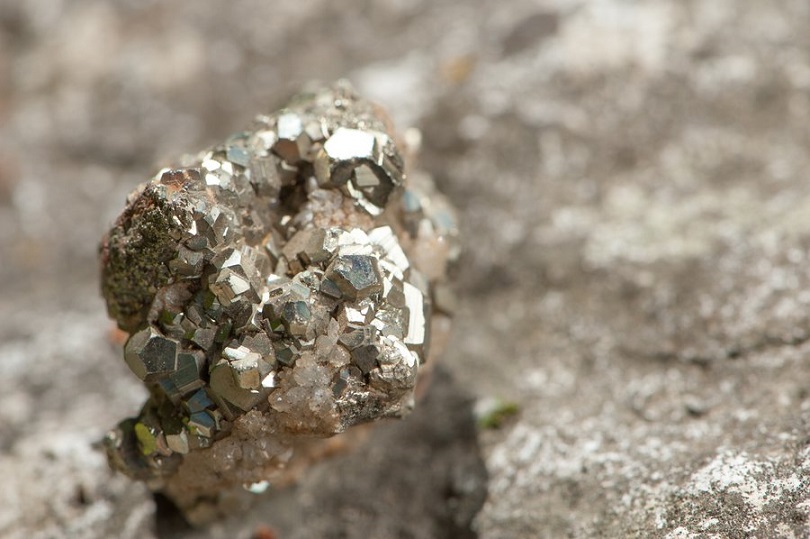
6 Interesting Facts about Vanadium Vanadium is a silvery-white transition metal with the element symbol V. Vanadium belongs to the VB group in the periodic table, with an atomic number of 23 and an atomic weight of 50.9414. Vanadium has a high melting point of 1890 ° C, a boiling point of 3380 ° C, and a […]
Tags: Advanced Refractory Metals, ARM, Facts About Vanadium, Global Vanadium Production, Global Vanadium Resource Reserves, How was vanadium discovered and named?, Interesting Facts About Vanadium, Metal with High Melting Point, Refractory Metals, The Application of Vanadium in the Industry, The Effect of Vanadium on Human Health, The Presence of Vanadium in Nature, Transition Metal, Vanadium Facts
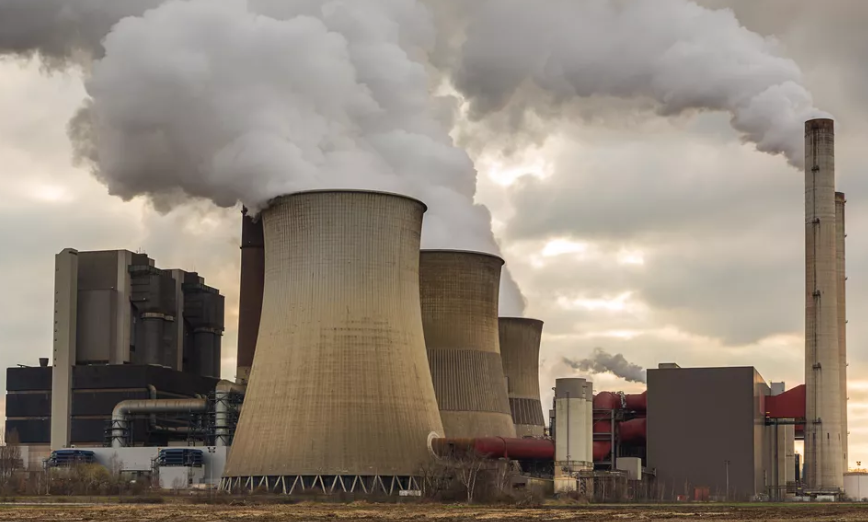
Zirconium Alloys 101 Zirconium is a silvery-white transition metal with a very low thermal neutron absorption cross-section, high hardness, good ductility, and corrosion resistance. Zirconium alloy is a solid solution of zirconium or other metals. The main use of zirconium alloys is in the field of nuclear technology, such as fuel rods in nuclear reactors. Beyond the […]
Tags: Advanced Refractory Metals, ARM, Development of Zirconium Alloy, Properties and Applications of Zirconium Alloy, sponge zirconium, Transition Metal, Types of Zirconium Alloys, Welding of Zirconium and Zirconium Alloy, Zirconium, Zirconium alloy, zirconium alloys, Zirconium Alloys 101, zirconium-based alloys, Zr-1Nb, Zr-2.5Nb alloy, Zr-4, Zrca-loy-2 alloy
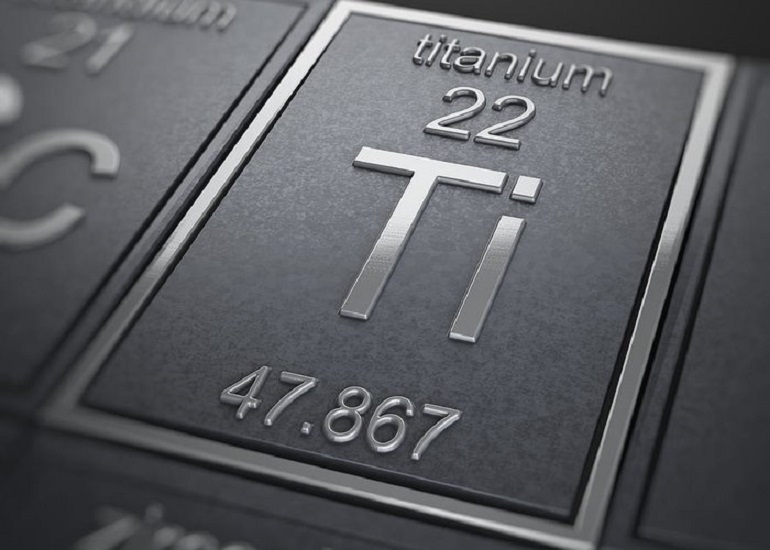
Physical Properties of Titanium Titanium is a silvery-white transition metal characterized by lightweight, high strength, and metallic luster. Titanium is relatively abundant in the earth’s crust and ranks 10th among all elements. However, titanium is considered to be a rare metal, because its existence in nature is relatively dispersed and difficult to extract. Beyond the […]
Tags: Advanced Refractory Metal, ARM, Facts About Titanium, Physical Properties of Titanium, properties of titanium, Property of Titanium, Refractory Metals, some physical properties of titanium, titanium, Titanium Properties, Titanium Property, Transition Metal
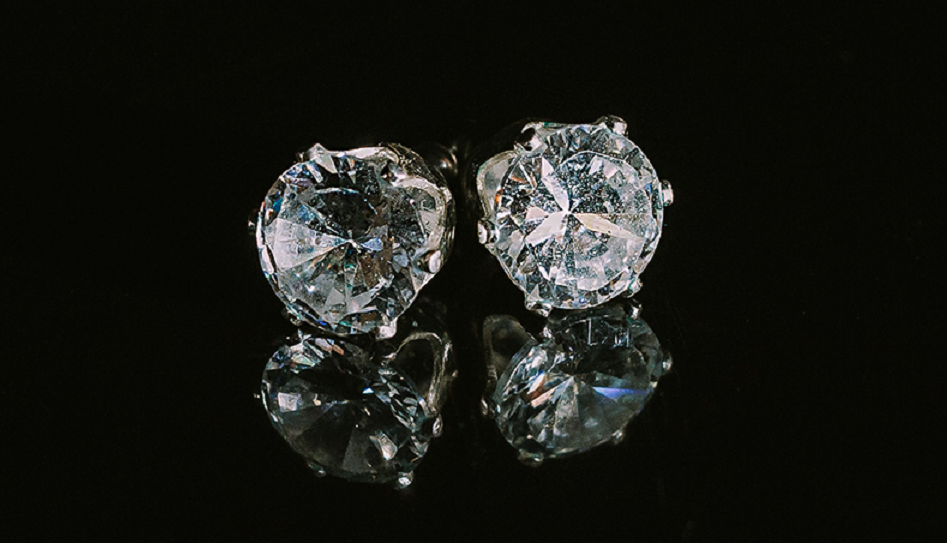
8 Interesting Facts about Zirconium Zirconium is a silvery-white transition metal with element symbol Zr, atomic number 40, a density of 6.49g / cm³, a melting point of 1852 ° C, and a boiling point of 4377 ° C. Because of its complicated preparation process, it is not easy to be extracted, so it is often […]
Tags: Advanced Refractory Metals, ARM, Effects of Zirconium on Human Health, Facts About Zirconium, Global Reserves of Zirconium Resources, Global Zirconium Consumption Regions, Global Zirconium Ore Production, How to distinguish zircon from diamond?, How was zirconium discovered?, How zirconium gets its name?, Interesting Facts About Zirconium, Refractory Metals, Transition Metal, Zirconium, Zirconium Facts, Zirconium is no stranger to us, zirconium oxide
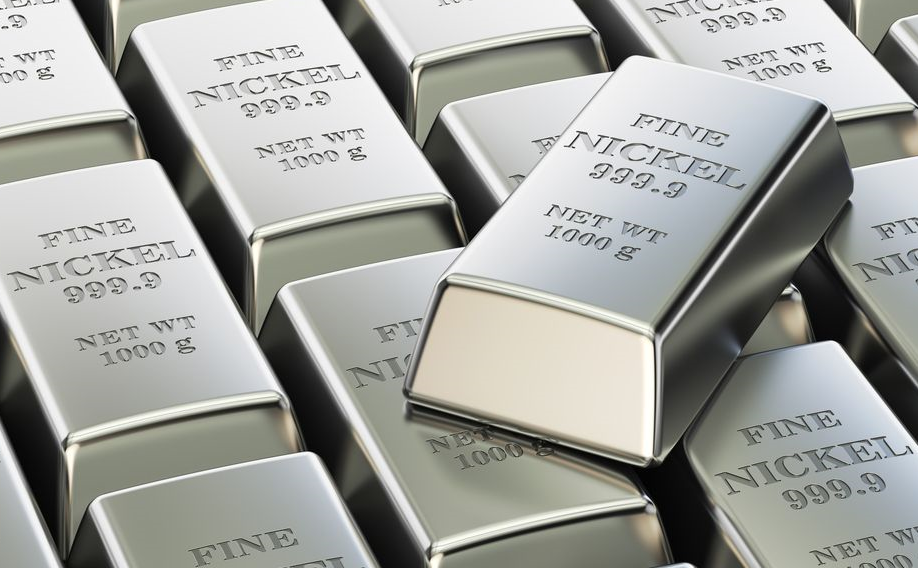
6 Interesting Facts about Nickel Nickel is a silver-white transition metal with element symbol Ni, a relative atomic mass of 58.69, a density of 8.9g / cm³, a melting point of 1455 ° C, and a boiling point of 2730 ° C. Nickel has good ductility, magnetic and corrosion resistance. Beyond the basics above, what else […]
Tags: 6 Interesting Facts About Nickel, Advanced Refractory Metals, ARM, Fact About Nickel, Facts About Nickel, How is nickel used today?, How was nickel discovered?, Interesting Facts About Nickel, Nickel, Refractory Metals, The Distribution of Nickel Resources, The Effects of Nickel on Human Health, The History of Nickel, The Properties of Nickel, Transition Metal
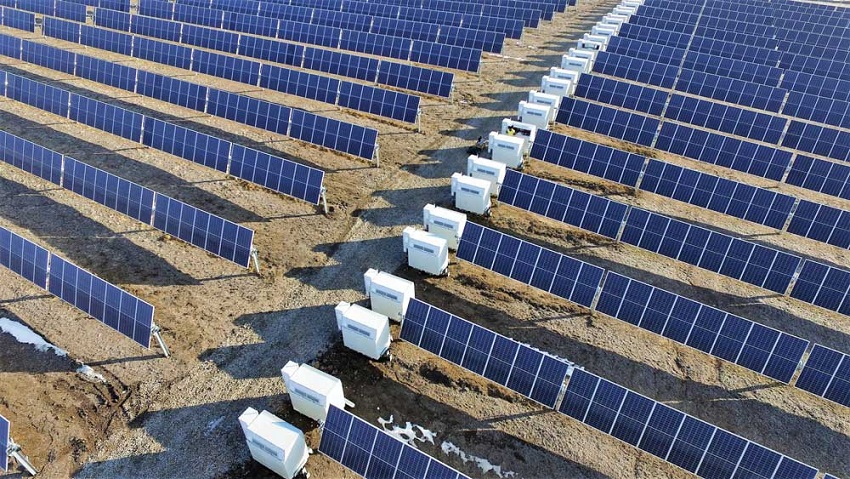
7 Interesting Facts about Chromium Chromium is a metal element with the element symbol Cr, atomic number 24, and a density of 8.65g / cm³. Chromium is a shiny blue-gray transition metal, soft and wear-resistant, tough and ductile, flammable, and irritating. The melting point of chromium is 1907 ℃, and its boiling point is between 2672 ℃. Beyond […]
Tags: 7 Facts About Chromium, 7 Interesting Facts About Chromium, Advanced Refractory Metals, ARM, Chromium, Chromium Facts, Facts About Chromium, Interesting Facts About Chromium, Refractory Metals, The Application of Chromium, The Discovery of Chromium, The Distribution of Chromium Resources, The Effect of Chromium on Human Health, The Existence of Chromium in Nature, The Global Chromium Production, The Recycling of Nickel-Chromium Batteries, Transition Metal

4 Uses of Hafnium Hafnium is a lustrous silver-gray transition metal, with a density of 13.31g / cm³. Hafnium has the properties of high-temperature resistance, corrosion resistance, oxidation resistance, easy processing, rapid heat absorption, and heat release, and is widely used in industrial production and our daily life. In this article, we’ll take a look at 4 […]
Tags: 4 common uses of hafnium, 4 Uses of Hafnium, Advanced Refractory Metals, Applications of Hafnium, Applications of Hafnium Alloys, Applications of Hafnium and Hafnium Alloys, ARM, common uses of hafnium, Hafnium, Refractory Metals, Transition Metal, Uses of Hafnium, Uses of Hafnium Alloys, Uses of Hafnium and Hafnium Alloys, Uses of Hafnium in the Atomic Energy Industry, Uses of Hafnium in the Field of Alloy Materials, Uses of Hafnium in the Field of Chemistry, Uses of Hafnium in the Field of Electronic Materials

6 Interesting Facts about Rhenium Rhenium is a rare silver-white metal and belongs to the 6th-period transition metal in the periodic table. It is one of the rarest elements in the earth’s crust and one of the highest melting and boiling elements. In today’s article, we will take a look at 6 interesting facts about rhenium. Interesting Facts […]
Tags: 6 Facts About Rhenium, 6 Interesting Facts About Rhenium, Advanced Refractory Metals, ARM, Fact About Rhenium, Facts About Rhenium, Interesting Facts About Rhenium, refractory metal products, rhenium, Rhenium Fact, Rhenium Facts, rhenium metal, The Discovery of Rhenium, The Extraction Process of Rhenium, The Properties of Rhenium, The Recycling of Rhenium, The Reserves and Production of Rhenium, The Uses of Rhenium, Transition Metal
Copyright © 1994-2024 Advanced Refractory Metals owned by Oceania International LLC, All Rights Reserved.